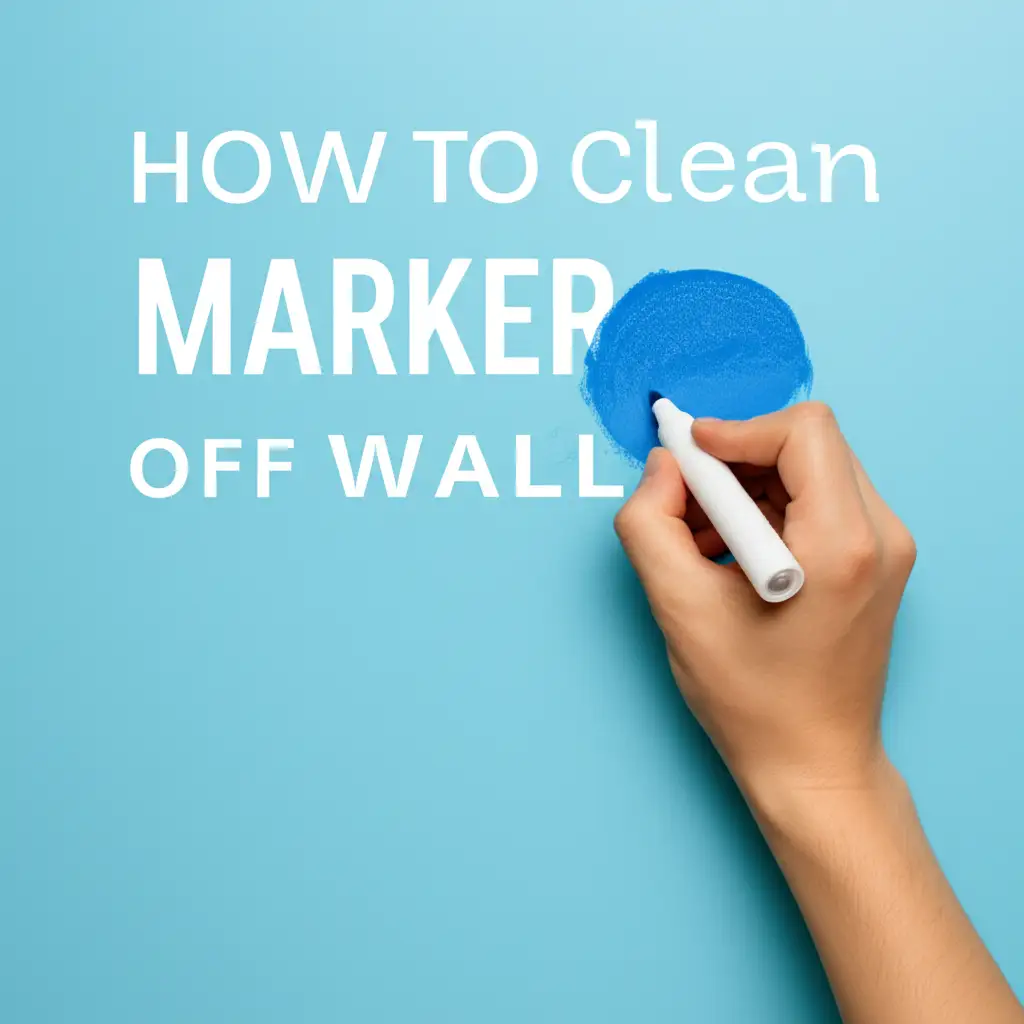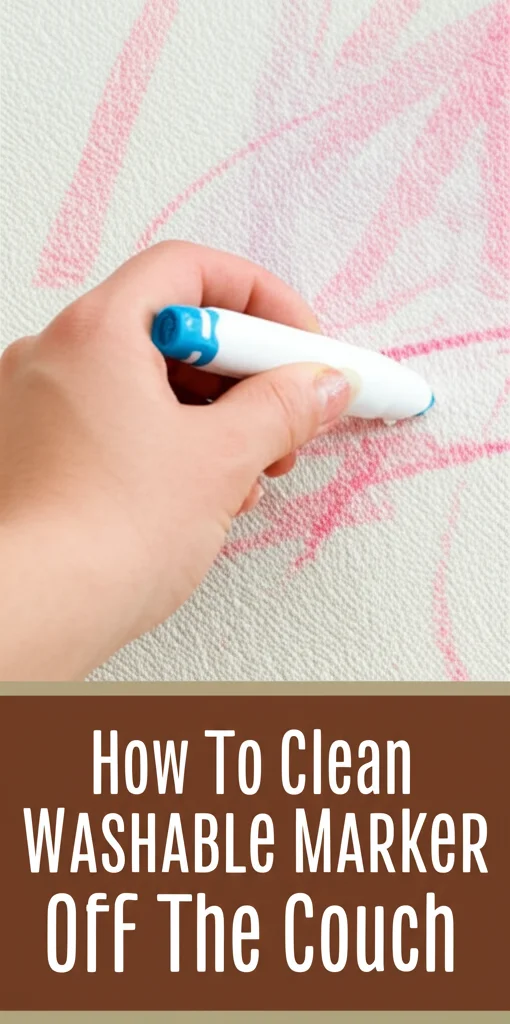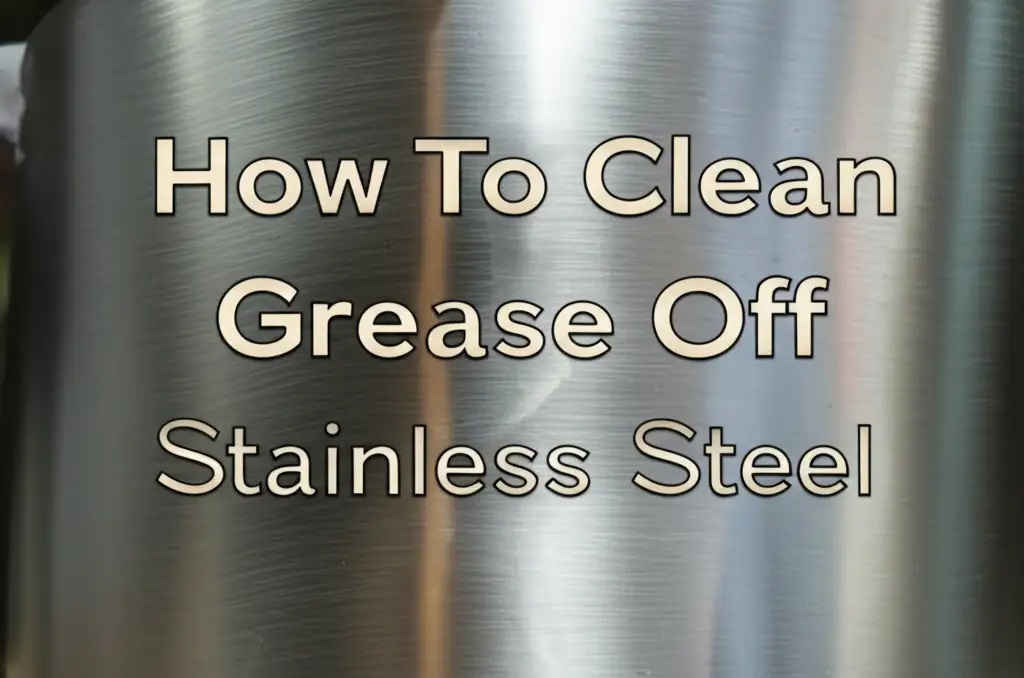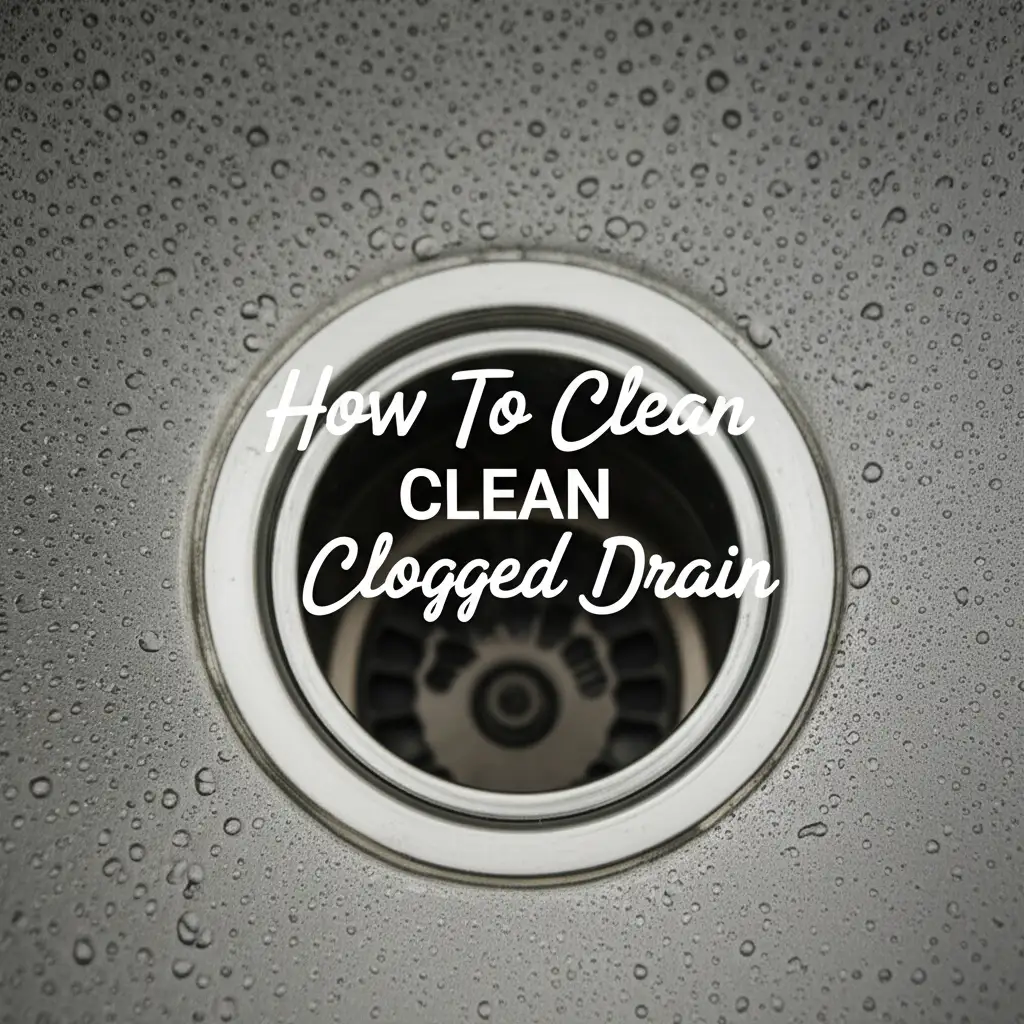· Cleaning Tips · 16 min read
How To Clean Couch With Baking Soda And Vinegar
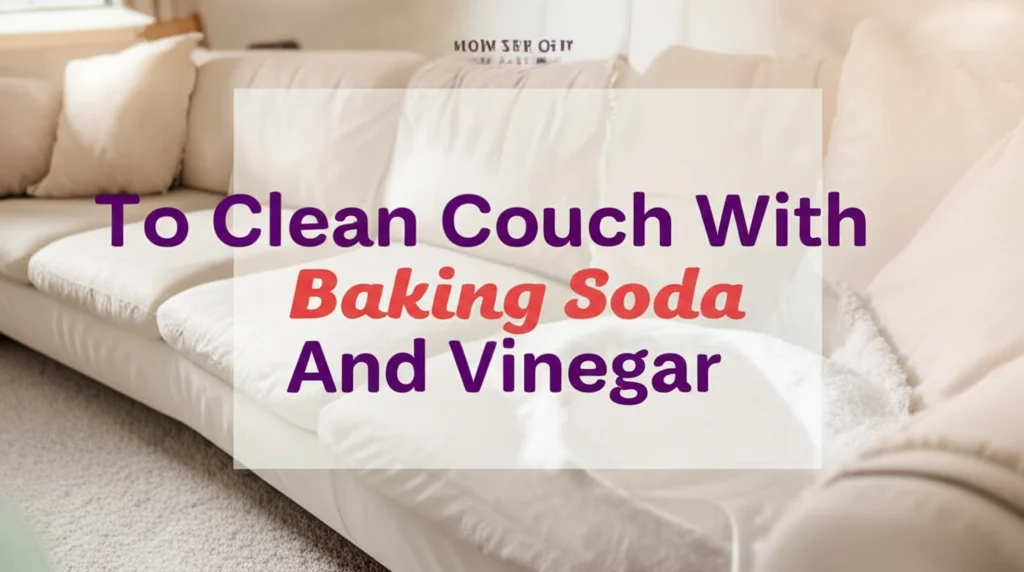
How To Clean Carpet Floor Mats Effectively: A Complete Home Guide
Carpet floor mats are the unsung heroes of our homes and vehicles, bearing the brunt of dirt, spills, and daily wear. Whether positioned at your entryway collecting outdoor debris or protecting your car’s interior from muddy shoes, these mats eventually require thorough cleaning to maintain their appearance and functionality. Many homeowners are surprised to discover just how simple it can be to clean carpet floor mats at home without expensive equipment or professional services. With the right techniques and household ingredients, you can restore your floor mats to a fresh, clean condition that extends their lifespan and improves your indoor air quality.
In this comprehensive guide, we’ll walk through various methods to clean both home and car carpet floor mats effectively using common household items like vinegar, baking soda, and dish soap. We’ll cover techniques ranging from hand-washing to machine-washing, address stubborn stains, and provide maintenance tips to keep your mats looking their best between deep cleanings.
Quick Takeaway
- Regular vacuuming extends the life of carpet floor mats
- Most carpet mats can be cleaned with basic household ingredients
- Different techniques work best for different types of stains
- Allow mats to dry completely before returning them to use
- Preventative care significantly reduces the need for deep cleaning
The simplest way to clean carpet floor mats at home is to vacuum thoroughly, spot treat stains with a mixture of dish soap and warm water, gently scrub with a soft brush, rinse clean, and allow to air dry completely before returning to use.
Types of Carpet Floor Mats and Their Cleaning Needs
Before diving into cleaning methods, it’s important to understand the different types of carpet floor mats and their specific cleaning requirements.
Home Entrance Mats
These typically feature a carpet or fabric top with a rubber or vinyl backing to prevent slipping. They’re designed to trap dirt and moisture at entryways and can accumulate significant debris. Home entrance mats usually have low-pile carpeting that’s relatively easy to clean but may require periodic deep cleaning to remove embedded dirt.
Vehicle Carpet Mats
Car floor mats generally come in two varieties: all-carpet or carpet with rubber backing. They’re designed to withstand heavy foot traffic and protect the vehicle’s flooring from dirt, moisture, and wear. Vehicle carpet mats often collect more stubborn debris like road salt, mud, and food spills, requiring specific cleaning approaches.
Decorative Indoor Mats
These mats are primarily designed for aesthetic purposes in bathrooms, kitchens, or other indoor spaces. They might have higher pile depth or more delicate materials, necessitating gentler cleaning methods to preserve appearance and texture.
Understanding what kind of mat you’re dealing with helps determine the most appropriate cleaning method. Always check manufacturer instructions when available, as some specialized mats may have specific care requirements.
Basic Cleaning Supplies You’ll Need
Gathering the right supplies before you begin ensures a more efficient cleaning process. Most of these items are likely already in your home:
- Vacuum cleaner with attachments
- Soft-bristled brush or scrubbing brush
- Clean white cloths or microfiber towels
- Spray bottle
- Dish soap or carpet cleaner
- White vinegar
- Baking soda
- Hydrogen peroxide (for tough stains)
- Bucket or large basin
- Cold or lukewarm water
- Garden hose (for outdoor cleaning)
- Optional: washing machine (for machine-washable mats)
Having these supplies ready allows you to address different levels of soiling and various stain types without interrupting your cleaning process.
How to Vacuum Carpet Floor Mats Properly
Vacuuming is the crucial first step in any carpet mat cleaning process, as it removes loose dirt and debris that would otherwise turn to mud during wet cleaning methods.
Step-by-Step Vacuuming Process:
- Take the mats outside and shake them vigorously to dislodge loose dirt and debris.
- Lay the mat on a flat surface with the carpet side up.
- Use the vacuum’s brush attachment for initial loose dirt removal.
- Switch to a more powerful attachment and vacuum in overlapping strokes.
- Pay special attention to corners and edges where dirt accumulates.
- For vehicle mats with deep grooves, use a crevice tool to extract hidden dirt.
- Flip the mat over and vacuum the backing to remove any dirt that may have worked through.
For particularly dirty mats, consider beating them with a broom or tennis racket while hanging on a clothesline or railing. This traditional method helps dislodge deeply embedded particles that vacuuming alone might miss.
Regular vacuuming—ideally weekly for home entrance mats and monthly for vehicle mats—prevents dirt from becoming ground into the fibers, making deep cleaning easier when the time comes.
How to Clean Carpet Floor Mats with Household Ingredients
One of the most cost-effective and environmentally friendly approaches to cleaning carpet floor mats involves using common household ingredients. These methods are particularly useful for those wondering how to clean carpet floor mats at home without machine assistance.
Cleaning with Vinegar Solution
Vinegar is a natural disinfectant and deodorizer that works well on carpet fibers without harsh chemicals.
To clean with vinegar:
- Mix equal parts white vinegar and warm water in a spray bottle.
- Spray the solution generously onto the carpet mat, focusing on soiled areas.
- Let it sit for 5-10 minutes to break down dirt and kill bacteria.
- Scrub gently with a soft brush in circular motions.
- Rinse thoroughly with clean water to remove all vinegar residue.
- Press with clean towels to remove excess moisture.
- Allow to air dry completely, preferably in sunlight which adds natural disinfecting properties.
The vinegar smell will dissipate as the mat dries, leaving your carpet mat fresh and sanitized.
Baking Soda Method for Deep Cleaning and Deodorizing
Baking soda is excellent for absorbing odors and loosening embedded dirt in carpet fibers.
For deep cleaning with baking soda:
- Ensure the mat is completely dry before beginning.
- Sprinkle a generous amount of baking soda over the entire carpet surface.
- Use a soft brush to work the powder into the fibers.
- Let it sit for at least 30 minutes (overnight works even better for strong odors).
- Vacuum thoroughly to remove all baking soda residue.
- For stubborn stains or odors, make a paste with baking soda and a small amount of water.
- Apply the paste to problem areas, let dry completely, then vacuum.
This method is particularly effective for neutralizing pet odors, food spills, and musty smells that may develop in mats placed in humid areas.
Dish Soap Solution for General Cleaning
Mild dish soap offers effective cleaning power for everyday dirt and light stains without damaging carpet fibers.
To clean with dish soap:
- Fill a bucket with warm (not hot) water.
- Add 1-2 tablespoons of mild dish soap and mix until slightly sudsy.
- Dip a soft brush into the solution and scrub the carpet mat in sections.
- Work in one direction, then perpendicular to lift dirt from all angles.
- Rinse thoroughly with clean water to remove all soap.
- Press with towels to remove excess moisture.
- Allow to air dry completely before using.
This gentle yet effective method works well for regular maintenance cleaning and is safe for most carpet materials.
Machine Washing Carpet Floor Mats
Many carpet floor mats, especially those with secure rubber backing, can be safely cleaned in a washing machine, saving you time and effort. However, not all mats are machine-washable, so it’s essential to check manufacturer instructions first.
How to Determine if Your Mat is Machine Washable
Look for these indicators:
- A label specifically stating “machine washable”
- Secure edging with no signs of separation between carpet and backing
- Smaller size that will fit comfortably in your machine
- No signs of rubber deterioration or cracking
- No metal or hard plastic components
If in doubt, opt for hand cleaning methods to avoid potential damage.
Machine Washing Process
If your carpet mat passes the machine-washable test, follow these steps:
- Vacuum the mat thoroughly to remove loose debris.
- Pre-treat any visible stains with an appropriate stain remover.
- Place the mat in the washing machine alone or with one other mat maximum.
- Add a small amount (approximately half the regular amount) of mild detergent.
- Select a gentle cycle with cold or lukewarm water.
- Avoid using fabric softeners, which can leave residue on carpet fibers.
- Once the cycle completes, remove promptly to begin the drying process.
Drying After Machine Washing
Proper drying is crucial to prevent mildew growth and maintain the mat’s shape:
- First, press excess water out with towels (do not wring the mat).
- Hang over a railing or clothesline, or lay flat on a dry surface.
- Ensure good air circulation around the entire mat.
- Flip occasionally to promote even drying.
- Allow to dry completely before returning to use (usually 24-48 hours depending on climate).
Important: Never put carpet floor mats in the dryer unless the manufacturer explicitly states it’s safe to do so. The heat can damage rubber backing and cause shrinkage or warping of the carpet fibers.
Tackling Tough Stains on Carpet Floor Mats
Even with regular cleaning, carpet floor mats occasionally develop stubborn stains that require specialized treatment. Learning how to clean car mats with bad stains can save you from premature replacement.
Oil and Grease Stains
Oil and grease are common in vehicle mats and can sometimes transfer to home mats from shoes.
To remove:
- Blot up any excess oil with paper towels (don’t rub, which spreads the stain).
- Cover the stain with cornstarch, baking soda, or baby powder.
- Let sit for at least 30 minutes to absorb the oil.
- Vacuum thoroughly.
- Create a solution of dish soap (which cuts grease) and warm water.
- Apply with a soft brush, working from the outside of the stain inward.
- Rinse and repeat if necessary.
- For persistent grease stains, apply a small amount of rubbing alcohol to a clean cloth and blot.
Mud and Dirt Stains
Mud stains are common but relatively easy to address if handled correctly.
To remove:
- Allow mud to dry completely (wet cleaning makes mud stains worse).
- Vacuum or brush away as much dried mud as possible.
- Mix one tablespoon of liquid dish soap with two cups of cold water.
- Apply to the stained area with a soft brush or cloth.
- Blot with clean water to rinse.
- For stubborn dirt stains, create a paste with equal parts vinegar and baking soda.
- Apply the paste, let dry, then vacuum and follow with the soap solution.
Salt and Winter Stains
Vehicle mats often develop white salt stains during winter months.
To remove:
- Mix equal parts white vinegar and water.
- Apply liberally to salt-stained areas.
- Scrub gently with a soft brush.
- Rinse thoroughly with clean water.
- Press with towels to remove moisture.
- Allow to dry completely.
The vinegar dissolves salt deposits while sanitizing the carpet fibers.
Food and Beverage Stains
Act quickly for best results with food spills, especially those containing colorful ingredients or sugars.
To remove:
- Scrape away any solid particles.
- Blot liquids with clean towels (don’t rub).
- For coffee, soda, or juice stains, apply a solution of 1 part white vinegar to 2 parts water.
- For stubborn food stains, make a paste with hydrogen peroxide and baking soda.
- Apply to the stain, let sit for 30 minutes, then scrub gently.
- Rinse thoroughly and dry completely.
Always test any cleaning solution on an inconspicuous area first to ensure it doesn’t damage the carpet or cause discoloration.
Deep Cleaning Methods for Heavily Soiled Mats
When regular cleaning methods aren’t enough, it’s time for deep cleaning approaches that can restore heavily soiled carpet mats. For particularly challenging situations, knowing how to clean commercial floor mats can provide useful techniques applicable to home use.
Steam Cleaning at Home
If you have access to a home steam cleaner or carpet cleaner, this can be an excellent option for deep cleaning:
- Vacuum the mat thoroughly first.
- Pretreat any visible stains with appropriate solutions.
- Fill the steam cleaner with the recommended cleaning solution.
- Clean the mat according to the machine’s instructions, typically making slow, overlapping passes.
- Make a second pass with clean water only to rinse.
- Allow the mat to dry completely before using (24-48 hours).
If you don’t own a steam cleaner, many hardware stores and supermarkets offer rental options for occasional deep cleaning needs.
Bathtub Soaking Method
For extremely dirty mats, particularly vehicle mats, the bathtub soaking method can be effective:
- Fill your bathtub with enough warm water to submerge the mats.
- Add 1/4 cup of laundry detergent or dish soap.
- Submerge the mats and let them soak for 30-60 minutes.
- Scrub with a soft brush, paying special attention to stained areas.
- Drain the dirty water and rinse mats thoroughly with clean water.
- Press with towels to remove excess water.
- Hang to dry completely (24-48 hours).
This method allows for thorough saturation and cleaning but requires significant drying time.
Professional Strength Cleaners
For the toughest jobs, commercial carpet cleaners can be used carefully:
- Choose a product specifically formulated for carpet (not hard surfaces).
- Test in an inconspicuous area first.
- Apply according to product directions, typically spraying and allowing some dwell time.
- Scrub with an appropriate brush.
- Rinse thoroughly—commercial products often require multiple rinses.
- Ensure complete drying before use.
When using commercial cleaners, always work in a well-ventilated area and follow safety precautions on the product label.
Drying and Maintaining Clean Carpet Floor Mats
Proper drying and maintenance are essential to extend the life of your carpet floor mats and maintain their appearance between deep cleanings.
Effective Drying Techniques
Incomplete drying can lead to mildew, odors, and deterioration of the mat backing.
Best practices for drying:
- Never fold or roll wet carpet mats—lay them flat or hang them.
- Use fans to circulate air and speed drying.
- If possible, place in sunlight, which helps kill bacteria and remove odors.
- For faster drying, press (don’t rub) with clean, dry towels to absorb moisture.
- Flip periodically to ensure even drying.
- Test for dampness before returning to use—the bottom should feel completely dry to the touch.
Depending on humidity levels, complete drying may take 12-48 hours. Patience during this stage prevents mold growth and extends mat life.
Regular Maintenance Tips
Regular maintenance reduces the need for deep cleaning and extends mat life:
- Vacuum weekly to remove surface dirt before it becomes embedded.
- Rotate mats periodically to distribute wear evenly.
- Address spills immediately before they set in.
- Use entrance mats at all exterior doors to reduce dirt transfer to interior mats.
- Consider applying carpet protector spray after cleaning (follow product instructions).
- For vehicle mats, remove and shake out weekly during heavy use seasons.
Seasonal Care Considerations
Different seasons present unique challenges for carpet floor mats:
Winter: Increase cleaning frequency to address salt, snow, and moisture. Consider using rubber mats over carpet mats during the worst weather.
Spring: Deep clean to remove winter salt residue and address any mildew that may have developed in humid conditions.
Summer: Address sand, dirt, and increased foot traffic with more frequent vacuuming.
Fall: Clean before winter to start the challenging season fresh, focusing on removing leaf debris and preparing for winter conditions.
Following these maintenance practices ensures your clean carpet mats stay looking their best and performing their protective function effectively.
Cleaning Different Types of Floor Mats
While this guide focuses primarily on carpet floor mats, many homes have multiple types of floor mats that require different cleaning approaches. Understanding how to clean all-weather floor mats and other varieties ensures your entire floor protection system stays in top condition.
Rubber and Vinyl Mats
Rubber and vinyl mats often accompany carpet mats, particularly in vehicles and entryways:
- Remove loose debris by shaking or vacuuming.
- Wash with mild dish soap and warm water.
- For textured rubber mats, use a soft brush to clean grooves.
- Rinse thoroughly to remove all soap residue.
- Dry completely before returning to use.
For rubber mats with stubborn stains, a mixture of baking soda and water makes an effective scrubbing paste.
Combination Carpet/Rubber Mats
Many floor mats feature carpet on top with rubber backing or edging:
- Clean the carpet portion using the methods described earlier in this guide.
- Clean rubber portions with soap and water.
- Pay special attention to the seam between materials, which can trap dirt.
- Ensure the rubber backing is completely dry before placing on floors to prevent damage.
Specialty Mats
For decorative or specialized mats with unique materials:
- Check manufacturer’s instructions first.
- Test cleaning solutions on an inconspicuous area.
- Use gentler cleaning methods, avoiding harsh scrubbing or chemicals.
- Consider professional cleaning for valuable or delicate mats.
Understanding the specific requirements of each mat type in your home helps prevent damage while ensuring thorough cleaning.
FAQ About Cleaning Carpet Floor Mats
How often should I clean my carpet floor mats?
Vacuum entrance mats weekly and vehicle mats at least monthly. Deep clean home entrance mats every 3-6 months and vehicle mats every 1-3 months, depending on use. Increase frequency during winter or rainy seasons when mats collect more dirt and moisture.
Can I put my car’s carpet floor mats in the washing machine?
Some car carpet mats are machine-washable, but check for secure edging and durable backing first. Use a gentle cycle with cold water and mild detergent. Never machine wash mats with signs of deteriorating backing or loose edges, and always air dry completely after washing.
What’s the best way to remove pet hair from carpet mats?
Start with a rubber brush or pet hair removal tool before vacuuming. For stubborn embedded hair, lightly spray the mat with water and use a squeegee to collect the hair. Rubber gloves worn while wiping the mat can also effectively gather pet hair from carpet fibers.
How can I prevent my carpet floor mats from sliding around?
Ensure the backing is clean and dry before placing on floors. For mats without non-slip backing, consider adding rug gripper pads cut to size underneath. Double-sided carpet tape can also secure mats temporarily without damaging floors.
Is it safe to use bleach on white carpet floor mats?
Avoid chlorine bleach on carpet mats as it can damage fibers and backing. Instead, use oxygen bleach (sodium percarbonate) for whitening. Mix according to package directions, apply to pre-moistened mats, let sit for 30 minutes, then rinse thoroughly and dry completely.
What should I do about mold or mildew on my carpet mats?
Take the mat outside and brush off visible mold spores. Mix equal parts white vinegar and water, spray thoroughly, and let sit for 30 minutes. Scrub with a soft brush, rinse well, and dry completely in direct sunlight if possible. For persistent mold issues, consider replacing the mat as spores can be difficult to eliminate completely.
Final Words: Maintaining Your Carpet Floor Mats
Keeping your carpet floor mats clean not only enhances the appearance of your home and vehicle but also extends the lifespan of both the mats themselves and the flooring they protect. By implementing regular cleaning routines using the methods outlined in this guide, you can maintain fresh, hygienic floor mats without the expense of professional cleaning services or replacement costs.
Remember that prevention is always easier than deep cleaning—addressing spills immediately, using appropriate mats for each location, and performing regular maintenance all contribute to keeping your carpet floor mats in optimal condition. Additionally, knowing which cleaning techniques work best for different situations allows you to tackle everything from light soil to stubborn stains effectively.
For specific concerns about unique stains or specialized mats, don’t hesitate to consult manufacturer recommendations or seek advice from professional cleaners. With proper care and attention, your carpet floor mats will continue to provide both functional protection and aesthetic appeal for years to come.
Ready to tackle those dirty mats? Gather your supplies, set aside some time, and transform your grimy carpet mats into fresh, clean additions to your home or vehicle again. Your floors—and your indoor air quality—will thank you!
- couch cleaning
- baking soda
- vinegar
- upholstery cleaning
- home cleaning
- stain removal

